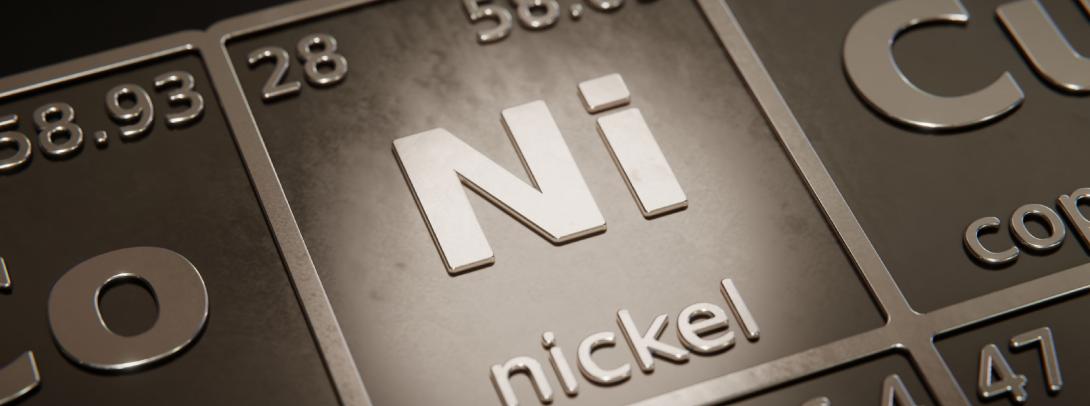Superconductivity has been at the forefront of scientific research and technological innovation since its discovery in 1911. Materials that exhibit superconductivity are known as superconductors, and they find widespread use in various applications, such as magnetic levitation trains and magnetic resonance imaging (MRI).
 Superconducting materials used in magnetic levitation trains (left) and magnetic resonance imaging machines (right)
Superconducting materials used in magnetic levitation trains (left) and magnetic resonance imaging machines (right)
A recent paper, published in Nature Communications and first authored by NYU Shanghai Assistant Professor of Physics Chen Hanghui, explains the origin of charge order, a phenomenon that is intertwined with superconductivity, observed in nickelate superconductors.
Superconducting materials can conduct electric currents without resistance and with zero energy loss. The first high-temperature superconductors, discovered in 1986, are ceramic compounds of copper and oxygen, known as cuprates. For over 30 years, scientists have explored the underlying mechanism of cuprates and attempted to synthesize materials with similar superconducting properties to cuprates. It wasn’t until 2019 that a breakthrough occurred with the discovery of superconductivity in nickelates.
Cuprates and nickelates have similar electronic and crystal structures, leading scientists to make comparisons across various aspects between the two. Superconductivity is a vital characteristic for these materials, but another important feature is charge order. Charge order is the phenomenon in which electric charges on the same type of atoms have different magnitudes and form a particular pattern. The charge order phenomenon was found in cuprates back to 1995. In 2022, three independent labs reported the discovery of charge order in nickelates.
Building upon this discovery, Chen and his collaborators embarked on an investigation into the origin of charge order in nickelates, aiming to explore the similarities and differences of charge order between nickelates and cuprates. By employing density-functional-theory and dynamical-mean-field-theory calculations, a computational method used in condensed matter physics and materials science, the team revealed a distinctive charge-transfer-driven mechanism responsible for charge order in nickelates, which differs from the charge order mechanism observed in cuprates. Through a detailed modeling, the team associated the charge order mechanism in nickelates with the material’s conduction bands. Notably, in cuprates, these conduction bands do not serve the same function.
Chen said there is much more to learn about charge order and superconductivity in nickelates. "Whether this study implies that the superconductivity in the two materials may also be governed by different mechanisms, we don't yet have the answer. This will be the focus of our future research," said Chen.
Professor Chen Hanghui of NYU Shanghai, Professor Yang Yifeng from the Institute of Physics, Chinese Academy of Sciences, and Professor Zhang Guangming of Tsinghua University are the corresponding authors. Liu Hongquan ’23 participated in the research.


